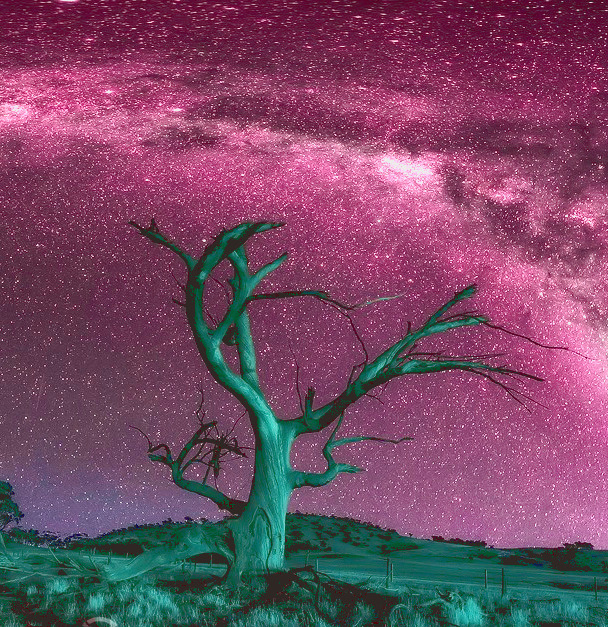Ancient selections probed
 A new study looks at the decisions behind the locations of ancient Aboriginal sites.
A new study looks at the decisions behind the locations of ancient Aboriginal sites.
Flinders University researchers have shown that the selection of rock art sites in Arnhem Land, internationally celebrated for their cultural significance, was far from a matter of chance.
These sites were strategically chosen for their crucial vantage points, according to the latest findings.
Research conducted in collaboration with the Njanjma Rangers and Erre Traditional Owners used a blend of aerial and drone surveys, subsurface imaging, and elevation data, allowing the team to develop the first high-resolution palaeo-landscape modelling.
This innovative approach has shed light on 103 distinct rock art sites in the Red Lily Lagoon area, providing insights into environmental conditions dating back 15,000-28,000 years ago, a period when the floodplain floor was 7-15 metres lower than its current level.
Associate Professor Ian Moffat from Flinders University has highlighted the significance of these findings.
“When archaeologists interpret rock art, they often assume the landscape hasn’t changed since the art was first inscribed, which certainly isn’t the case at Red Lily Lagoon,” he said. Moffat says the area underwent dramatic transformations, evolving from a coastal zone to a swamp, then woodlands, and finally to freshwater, sometimes within a single lifetime.
Dr Jarrad Kowlessar, Research Associate at Flinders College of Humanities, notes the active, diverse, and extensive nature of rock art production approximately 6,000 years ago. This period coincided with the mangroves completely enveloping the floodplains. Kowlessar suggests that the abundance of resources provided by the mangroves might have supported a large, stable human population, leading to increased artistic activity.
The research found that during periods of rising sea levels, rock art was preferentially created in locations offering expansive views over open woodlands.
These vantage points could have facilitated hunting or monitoring of areas increasingly impacted by the encroaching waters, possibly aiding in managing the displacement of people.
A Changing perspective: the impact of landscape evolution on rock art viewsheds has been published in Archaeological and Anthropological Sciences.








 Print
Print